The Twentieth lecture "Light-Mater Interaction in Semiconductor Nanostructures" in "Open RQC colloquium" will be held in National University of Science and Technology MISIS
From 10:00 until 11:30
At National University of Science and Technology MISIS
Moscow, Leninskiy prospekt 4
Russian Quantum Center / k.kolesnik@rqc.ru
The Twentieth lecture "Light-Mater Interaction in Semiconductor Nanostructures" in "Open RQC colloquium" will be held in National University of Science and Technology MISIS (Moscow, Leninskiy prospekt 4) lecture hall № Б-536 (5th floor), on 24th of March 2017 at 10:00 a.m by Nikolay Gippius, Professor at Skolkovo Institute of Science and Technology, Center for Photonics and Quantum Materials.
Abstract
Light-matter interaction depends strongly not only on the chemical composition of the materials but also on their geometrical structure on the scale less than the wavelength. E.g. the excitons in a semiconductor nanostructures can be strengthen due to increase of the attraction between electrons and holes in case the semiconductor nanostructure is embedded into the dielectric with smaller permittivity. Several examples are discussed: e.g. near surface quantum wells and nano-platelets. The ‘indirect excitons’, formed by spatially separated electrons and holes has smaller binding energies but their potential relief and the lifetime can be well controlled by external applied voltage. The basic concepts of the smart traps for the indirect excitons are presented. The strong spatial redistribution of the electromagnetic field is also responsible for the polarization, spectral and angular dependencies of the photoluminescence in modulated structures, such as planar microcavities with distributed Bragg mirrors, photonic crystal slabs and nano-wiskers. Linear and nonlinear optical problems in these systems are discussed. The effects of polarization multistability and polarization hysteresis in the coherently driven polariton system in semiconductor microcavity have been predicted and theoretically analyzed. This multistability arises due to polarization-dependent polariton-polariton interactions and has been recently observed in polarization- and time-resolved optical experiments. The similar effects are also expected in other types of photonic structures. The polarization state of the photoluminescence and lasing modes of resonant photonic structures can also be controlled by proper sculpturing of the surface of the light emitting devices.
Biography
Nikolay A. Gippius received the M.S. degree in physics in 1984 from the Physical Department, Moscow State University, Moscow, and the Ph.D. degree in solid state physics and mathematics in 1987 from General Physics Institute, Academy of Sciences, U.S.S.R. He received the D.S. degree in solid-state physics from General Physics Institute (GPI), Russian Academy of Sciences, Moscow, in 2005. Since 1984, he has been with GPI where he holds now position of Leading Researcher. He has been a Visiting Researcher at Exciton Engineering Laboratory, Frontier Research System, RIKEN,Wako, Japan, in University of California, San Diego, and Max-Planck-Institut für Festkörperforschung, Stuttgart, Germany. Dr. Gippius received the Alexander von Humboldt Fellowship at the University of Würzburg, Germany, in 1998–1999 and in 2006, he was awarded ANR Chair of Excellence Professorship at LASMEA, Université Blaise Pascal, Clermont-Ferrand, and moved to France. From 2013 he is Professor of Skolkovo Institute of Science and Technology in Moscow. His main research areas are solid-state theory, theory of nonequilibrium processes in semiconductors, theory of semiconductor nanostructures, microcavities and photonic crystals.
Please don't forget to take passport for entering to the University. We will meet you at the guard desk.
FREE ENTRANCE.




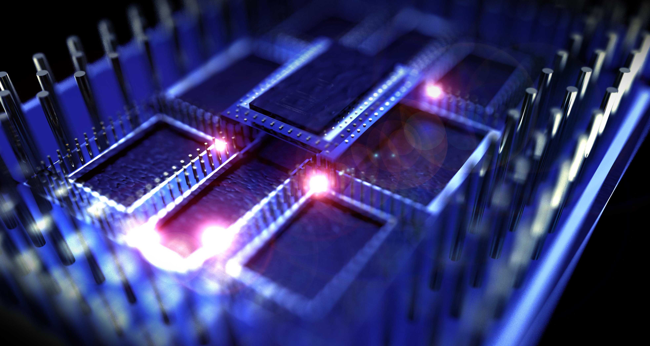
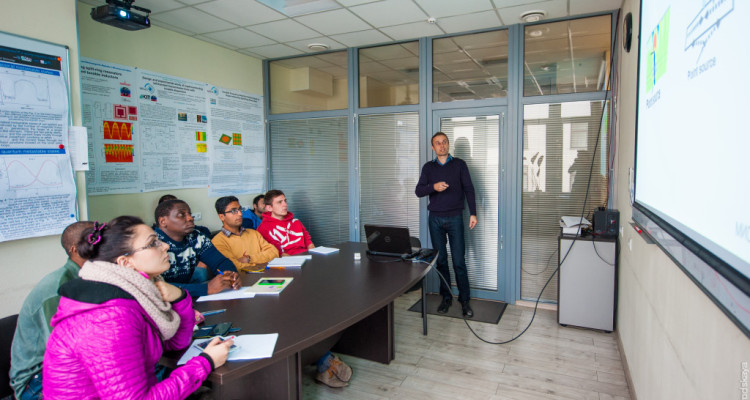
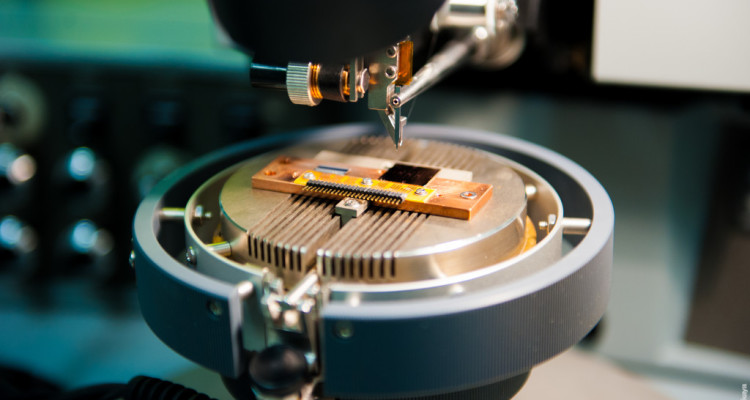
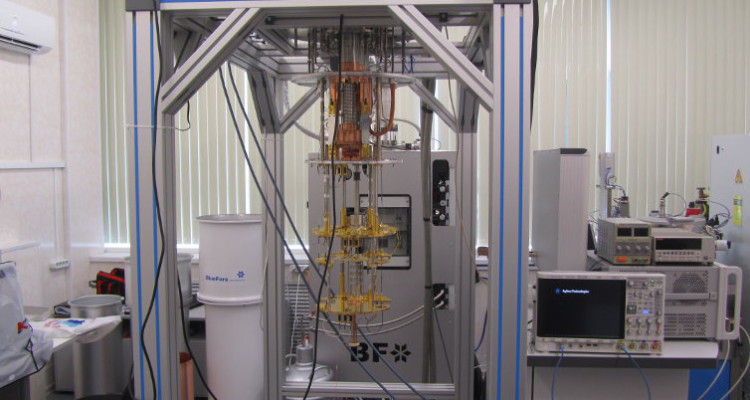
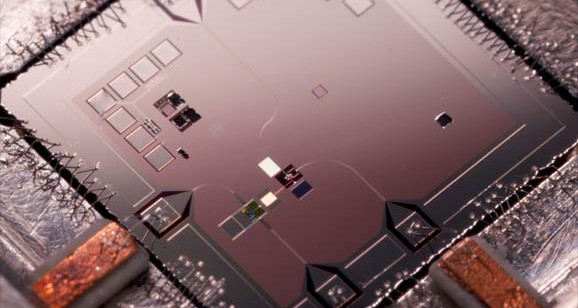
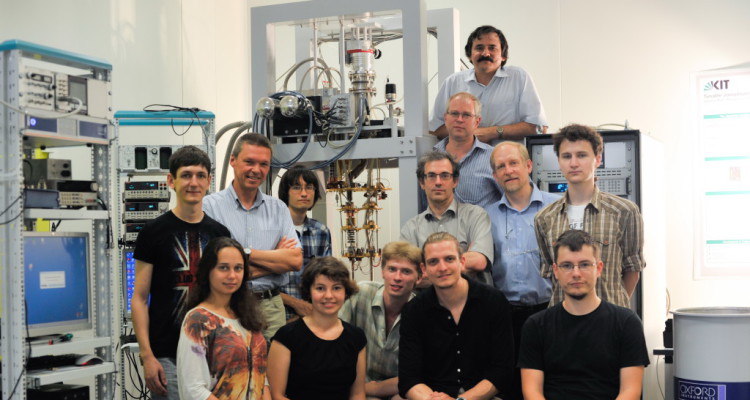
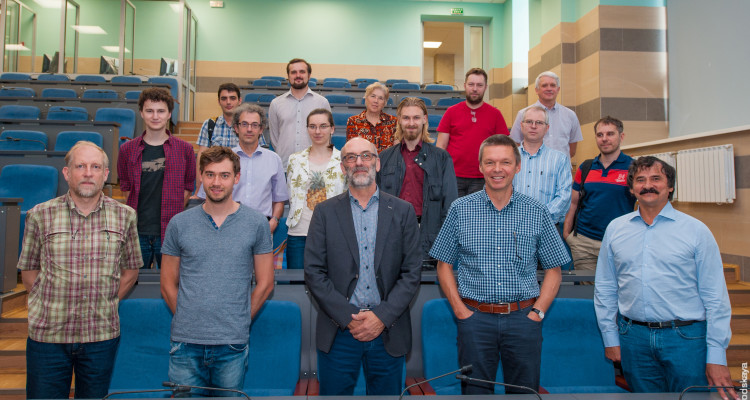
 15 March 2017
15 March 2017 